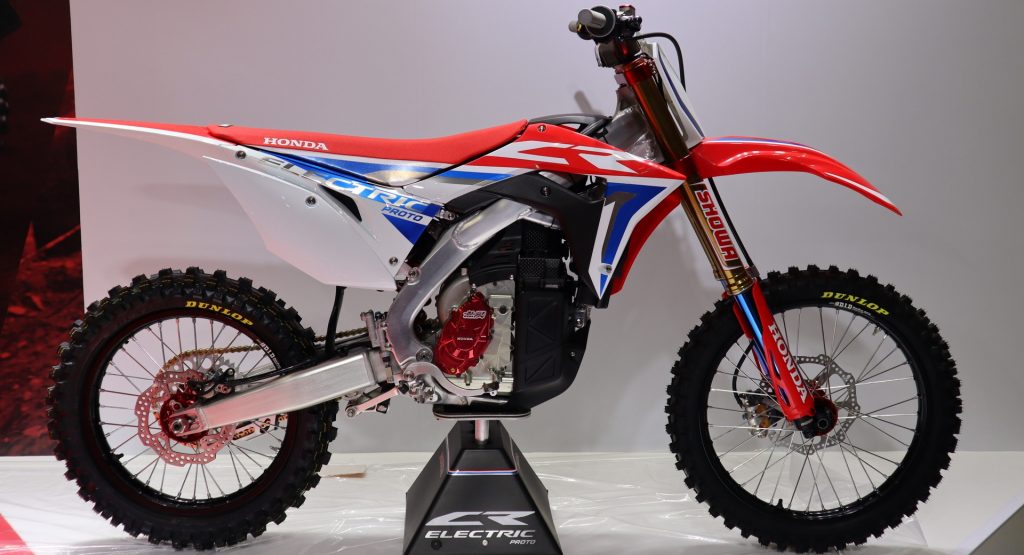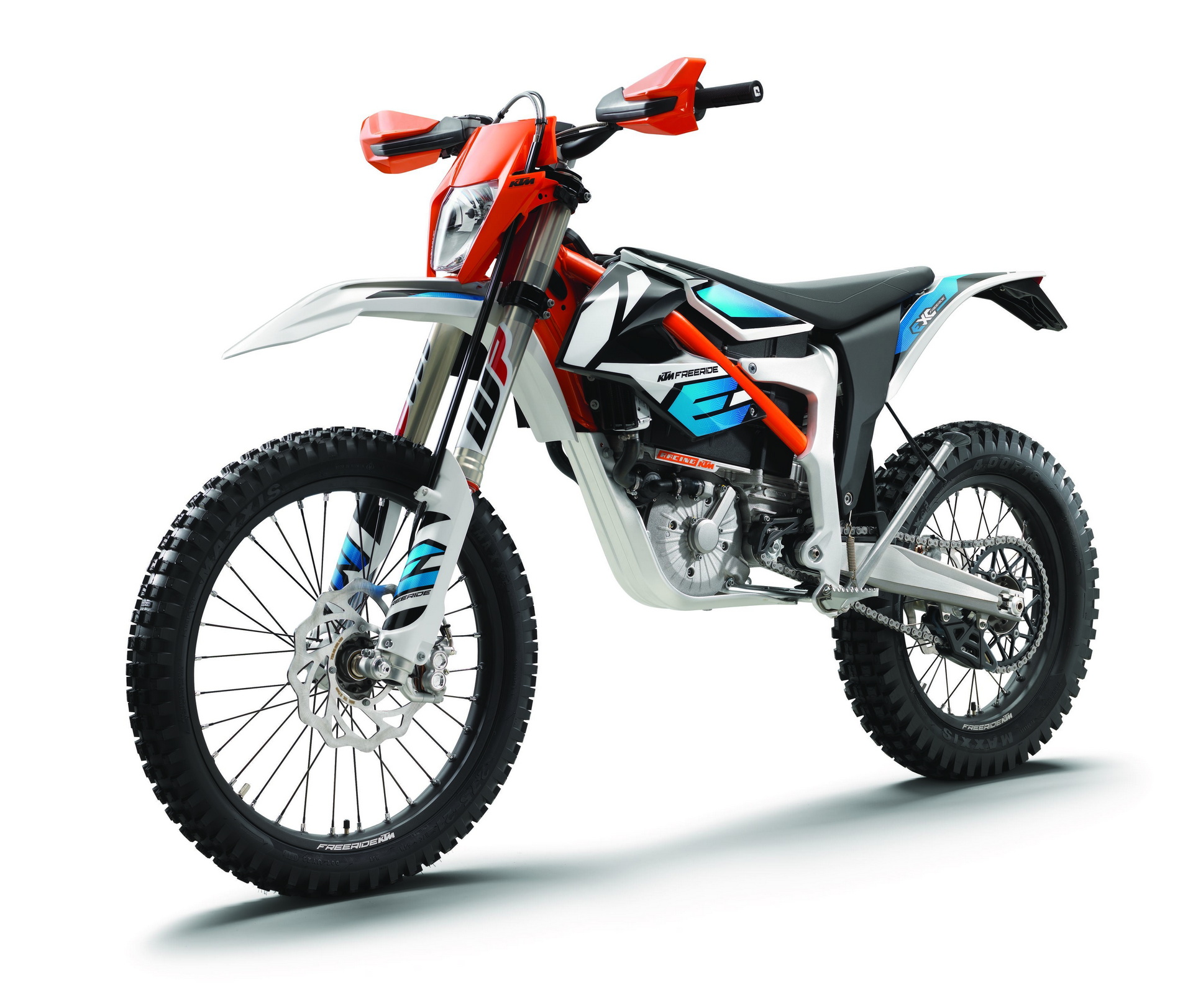Japan’s Honda and Yamaha have signed a memorandum of understanding with Italy’s Piaggio and Austria’s KTM to develop batteries for electric powersports vehicles.
Together, they will set up a Swappable Batteries Consortium for electric motorcycles, mopeds, tricycles, and quadricycles. The companies hope to set up international technical standards by working with governments and other stakeholders.
“The worldwide electrification effort to reduce CO2 on a global scale is accelerating, especially in Europe,” said Noriaki Abe, Honda’s managing officer of motorcycle operations. “For the widespread adoption of electric motorcycles, problems such as travel distance and charging times need to be addressed, and swappable batteries are a promising solution.”
Along with efficiencies of scale for the companies, Abe argues that having a standard battery system across many brands in many markets will also be more convenient for customers, who won’t have to parse through multiple batteries for different vehicles.
Also Read: BRP Introduces Six EV Concepts Including An Electric Ryker And Sea-Doo
Owning a moped with two batteries that can be charged when not use, for instance, would have obvious advantages for convenience, with the disadvantage of requiring more batteries.
Although similar systems have been conceived for cars, most if not all electric cars on sale today use permanently fixed batteries for structural and safety reasons.
This isn’t the first such memorandum Honda and Yamaha have signed. About a year ago, the companies committed to working with Kawasaki and Suzuki to develop and test standardized swappable batteries at Osaka University. This latest memorandum will have greater implications outside of Japan.
“I believe the creation of this Consortium holds great significance not just for Europe but the world,” said Takuya Kinoshita, Yamaha’s Executive Officer, about this latest consortium. “I’m confident that through work like this, the technical specs and standards that currently differ by regional characteristics or the state of the industry in different markets will be unified.”






